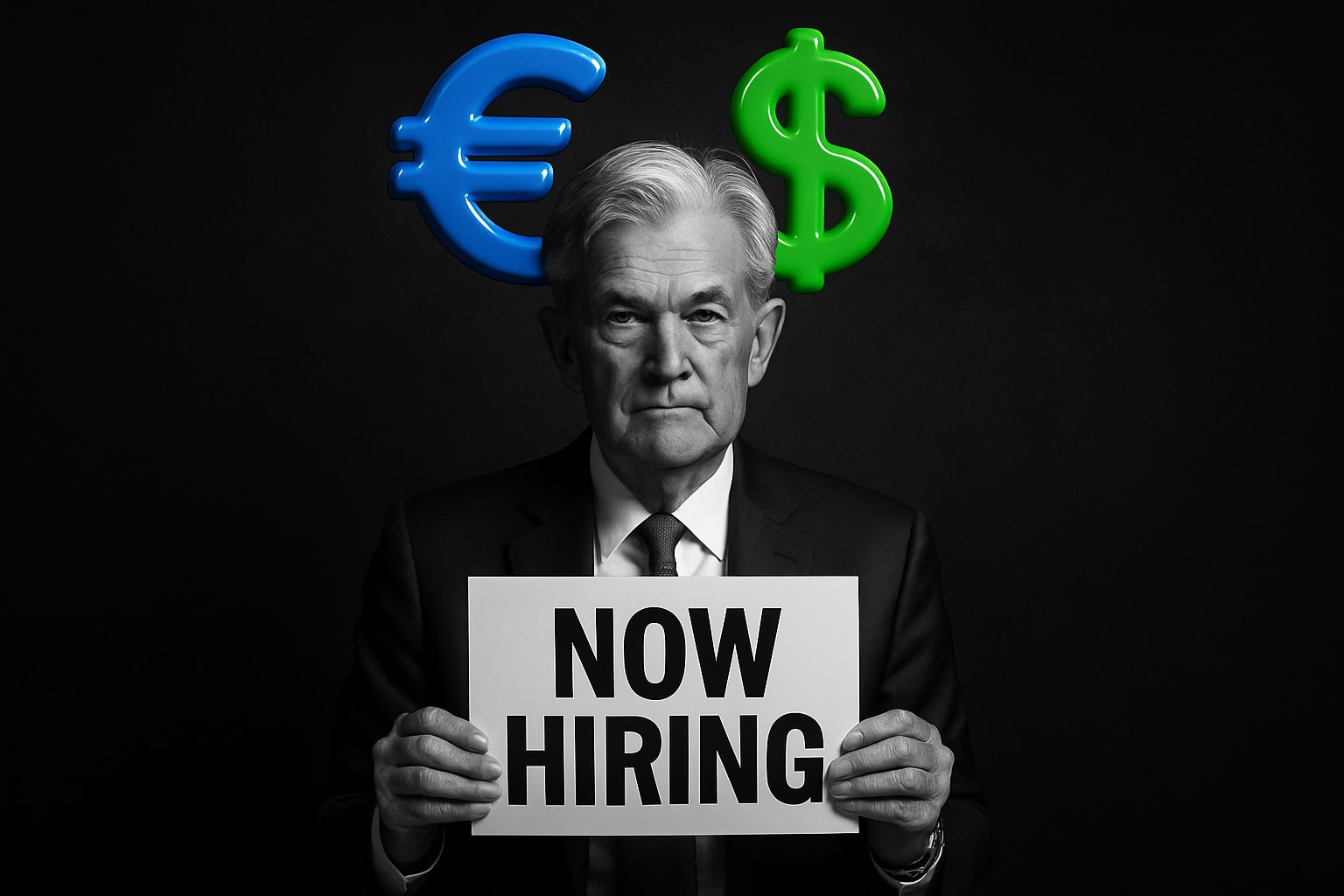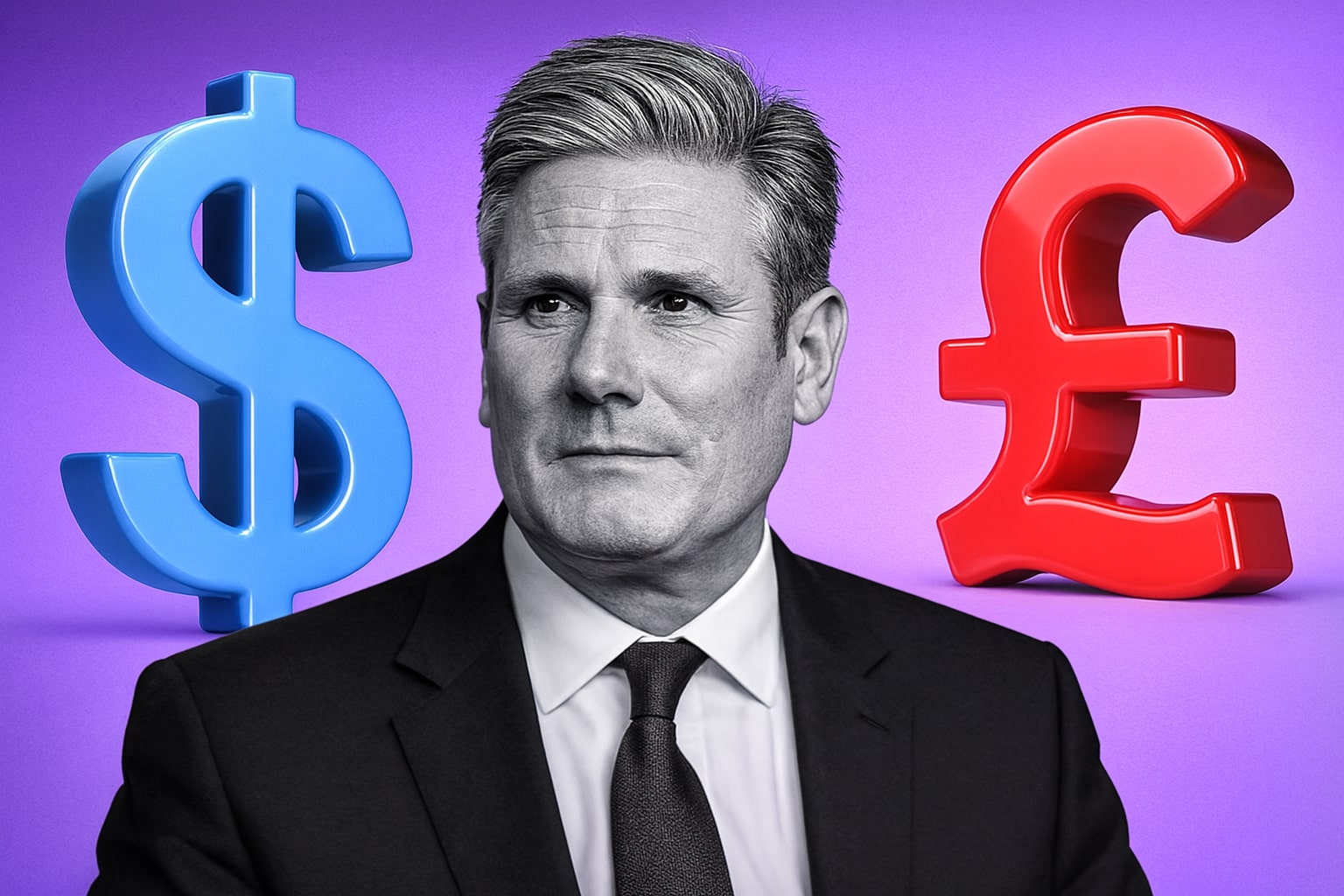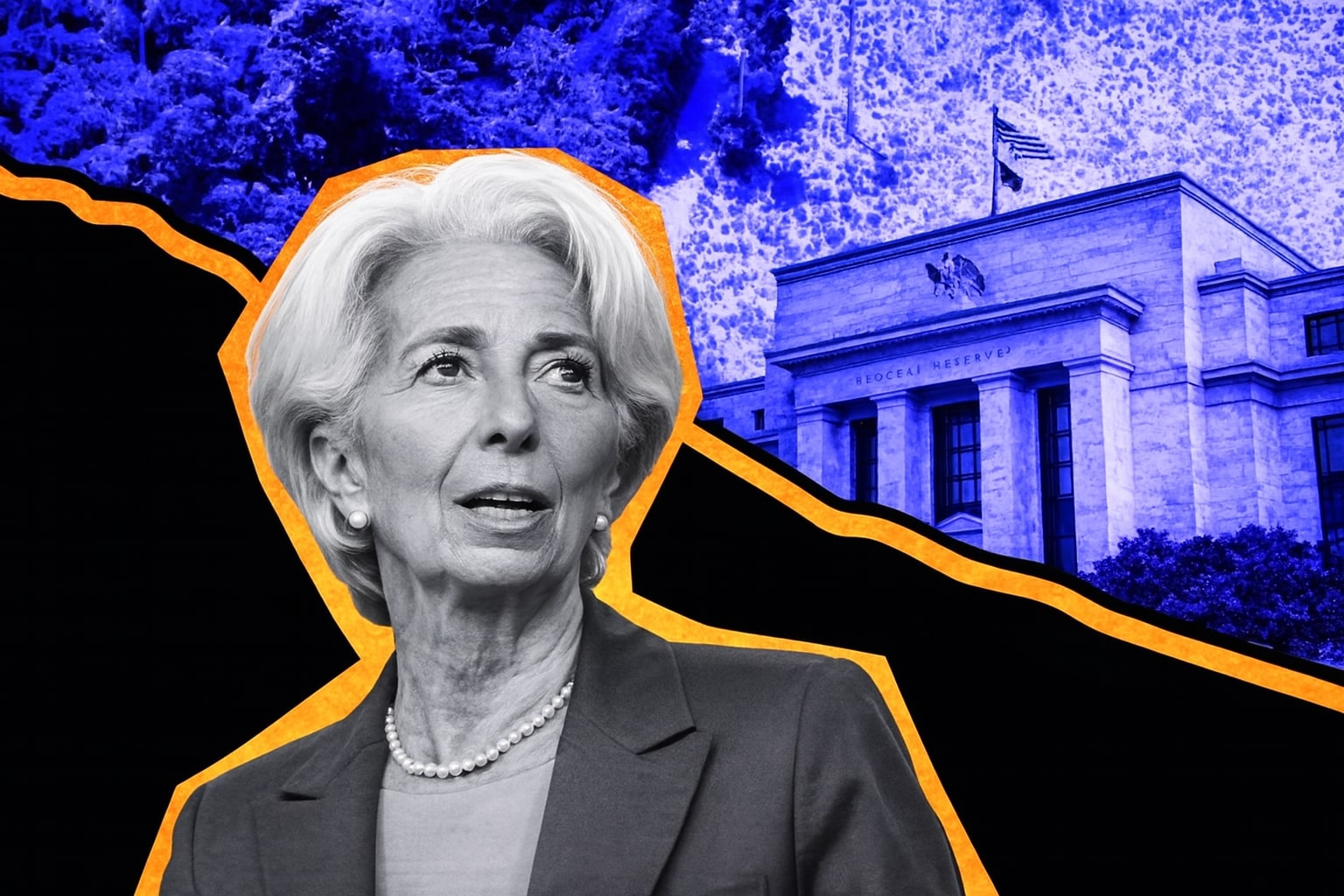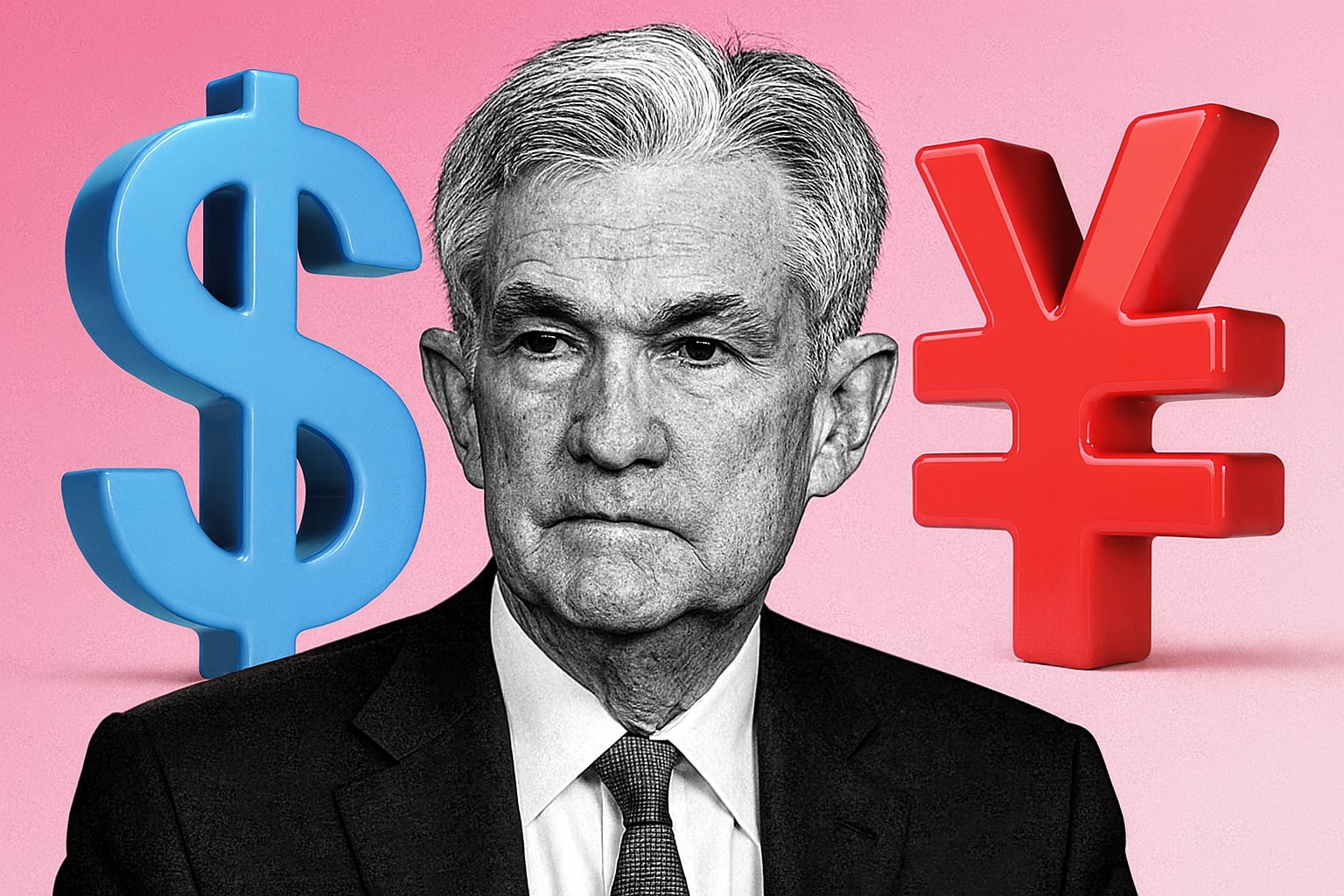
EUR/USD Price holds near 1.1650 as soft U.S. jobs data, dovish Fed expectations, and ECB stability fuel a bullish setup toward 1.1700 resistance
With U.S. labor softness, stagflation fears, and ECB policy steadiness, EUR/USD eyes a breakout above 1.1700 for fresh yearly highs | That's TradingNEWS
EUR/USD Holds Near Weekly Highs as Fed Rate-Cut Bets Weaken Dollar
The EUR/USD pair is trading at 1.1648, easing 0.14% on the day yet remaining close to the 1.1700 threshold after a week marked by sustained U.S. dollar weakness. The greenback is on track to close the week down more than 1.84% against major peers as markets absorb last week’s soft U.S. Nonfarm Payrolls data and additional disappointing labor market figures. This has fueled expectations that the Federal Reserve will resume its easing cycle in September, supporting the euro’s advance. Political developments are also in play, with news that President Trump could meet President Putin next week to discuss a potential ceasefire in Eastern Europe, a scenario that has improved market sentiment and briefly added to euro demand before the dollar regained modest ground.
Diverging Monetary Outlook Between the Fed and ECB
The interest rate gap between the U.S. and the euro area remains wide, with the Fed funds rate at 4.50% and the European Central Bank deposit rate at 2.00%. However, the divergence in policy direction is shifting. According to CME data, markets are pricing an 88% probability of a 25 bps Fed cut in September and nearly a 57% chance of another reduction to 4.00% by October. In contrast, ECB rate expectations for September show an 86% probability of no change, indicating policymakers are inclined to pause after previous cuts earlier in 2025. This evolving dynamic reduces the dollar’s appeal and enhances the euro’s potential for further gains if U.S. rate cut expectations continue to firm while the ECB remains on hold.
Labor Market and Stagflation Concerns in the U.S.
U.S. jobless claims rose to 226K last week, surpassing expectations and accompanied by continuing claims reaching 1.97 million, their highest since November 2021. This labor market softness, combined with still-elevated inflation readings, has revived stagflation fears on Wall Street, particularly with new tariffs in play. Bloomberg headlines have already highlighted the risk of a stagflationary backdrop as higher prices and weaker employment trends converge. With the Fed’s mandate under pressure from both sides—price stability and employment—policymakers such as St. Louis Fed President Musalem have adopted a more neutral stance, indicating the need for a balanced approach.
Geopolitical Factors Shape Short-Term Moves
Market sentiment around EUR/USD is sensitive to geopolitical headlines, especially those involving Eastern Europe. The speculation of a Trump–Putin summit has been interpreted as a possible catalyst for de-escalation in Ukraine, which initially strengthened the euro before the dollar’s late-session recovery. While a ceasefire would reduce geopolitical risk premia, it could also temper safe-haven flows that have indirectly supported the euro against the dollar in recent months.
Technical Picture: EUR/USD Tests Key Resistance
Technically, EUR/USD is consolidating after breaking above the 20-day SMA at 1.1624, but the inability to decisively breach the 1.1700 handle has stalled momentum. The RSI remains in bullish territory but is slightly pointing lower, suggesting fading short-term buying pressure. A clean break above 1.1700 would target 1.1800 and then the yearly high at 1.1829. On the downside, a move back under the 20-day SMA would expose support at the 50-day SMA of 1.1604 and the psychological 1.1600 level, with a deeper drop potentially targeting 1.1500. Key technical levels from longer-term charts place 1.18196 as major resistance and 1.14522 as critical support aligning with the 23.6% Fibonacci retracement.
Dollar Weakness Becoming Structural?
The DXY index has slipped below the 100 mark, now trading around 98, signaling a potential shift in the dollar’s multi-year trend. This move is closely tied to expectations of a more dovish Fed and could become structural if rate cuts are delivered while the ECB holds steady. If this trend persists, EUR/USD could sustain upward momentum with capital flows favoring the euro over the dollar. However, volatility remains muted with the ADX below 20, suggesting that larger, sustained moves may require fresh macro catalysts such as next week’s U.S. CPI or the EU GDP release.
Institutional Positioning and Market Strategy
Institutional sentiment is leaning toward euro strength in the short to medium term, with positioning data indicating increasing long exposure to the pair. The combination of softer U.S. economic data, strong odds of Fed rate cuts, and a comparatively steadier ECB stance offers a bullish setup for EUR/USD. That said, traders remain cautious given the proximity to yearly highs and the risk of sharp reversals on surprise data or policy headlines. Tactical strategies are focusing on buying dips toward 1.1600–1.1625, with breakout trades above 1.1700 targeting 1.1829 and potentially higher.
Verdict: Bullish Bias for EUR/USD with Key Resistance at 1.1700
Given the prevailing macro conditions—softer U.S. labor market, heightened stagflation concerns, dovish Fed expectations, and relative ECB stability—the bias for EUR/USD remains bullish. A confirmed breakout above 1.1700 could open a path toward testing yearly highs and extending gains if U.S. data continues to underperform. Pullbacks into the mid-1.16 range should be viewed as opportunities to position for further upside while monitoring next week’s CPI, EU GDP, and key central bank communications for shifts in the narrative.
That's TradingNEWS
Read More
-
Palantir Stock Price Forecast - Can a $440B AI Defense Powerhouse Grow Into Its $184.74 Price?
16.12.2025 · TradingNEWS ArchiveStocks
-
XRP Price Forecast - XRP-USD Drops to $1.87 as Whale Dumps $721M While XRP ETFs Quietly Cross $1B
16.12.2025 · TradingNEWS ArchiveCrypto
-
Oil Price Forecast - Oil Slide Hard; WTI CL=F Near $55, Brent BZ=F Below $60 as Market Bets on 2026 Supply Glut
16.12.2025 · TradingNEWS ArchiveCommodities
-
Stock Market Today: Dow (^DJI) 48,404 And S&P 500 (^GSPC) 6,812 Slip As Jobs Hit +64K And AVGO Sells Off
16.12.2025 · TradingNEWS ArchiveMarkets
-
GBP/USD Price Forecast - Pairs at 1.34 as Weak U.S. Jobs Data Clash with BoE Cut Bets into Year-End
16.12.2025 · TradingNEWS ArchiveForex


















